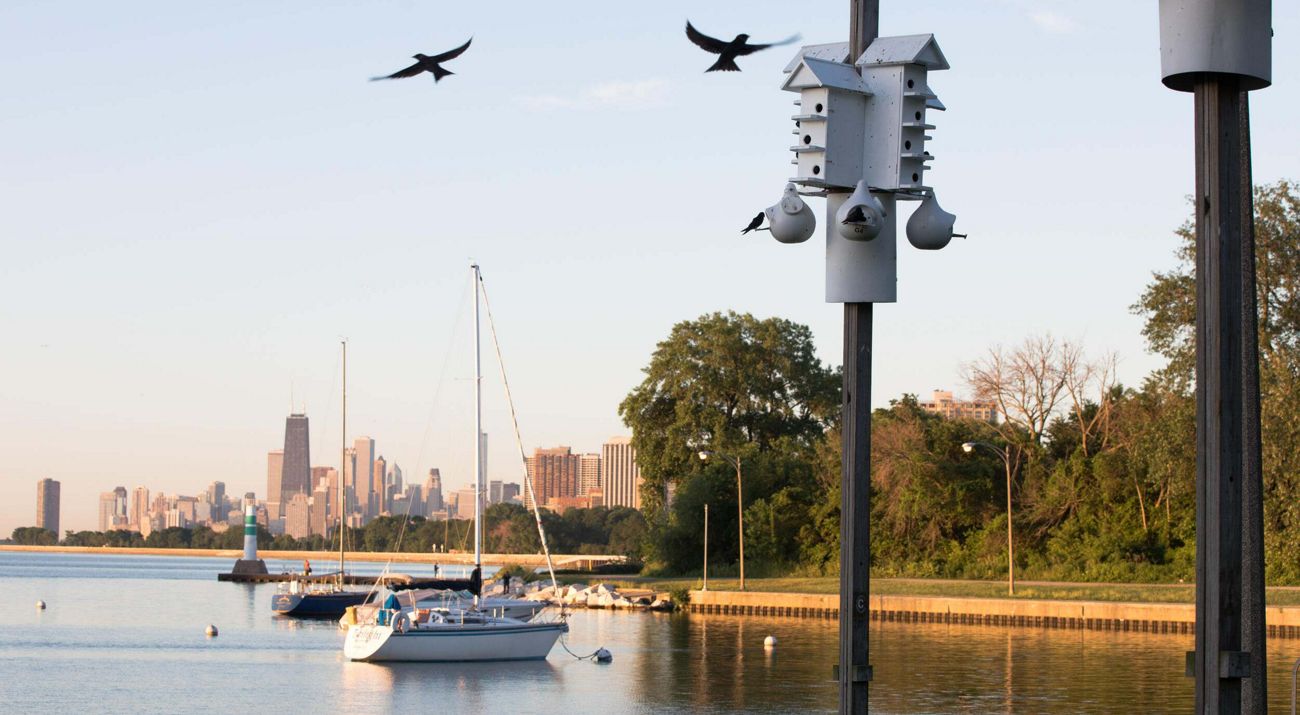Built onto Chicago Wilderness's original (2004) Green Infrastructure Vision (GIV), this project aimed to update the region's vision using GIS tools and detailed stakeholder input.
GIV 2.0, as it has been named, links back up with the Chicago Wilderness Biodiversity Recovery Plan, which aims to improve native species' resilience to climate change. The Chicago Metropolitan Agency for Planning (CMAP) commissioned TCF and Chicago Wilderness to complete this update, which includes the seven Illinois counties within CMAP's jurisdiction. It is difficult to classify this report alone as a greenprint - it contains no resource or conservation value maps. However, it clearly identifies the data layers relevant to each landscape type, which are available separately through the GIS dataset offered on CMAP's data hub.
Year Published: 2012
State: Illinois
Landscape Context: Inland
Housing Density: Urban, Suburban
Funding Type: Both (Public and Private)
Habitat Focus: Developed, Planted/Cultivated
Organizations Involved:
Chicago Wilderness, The Conservation Fund, Chicago Metropolitan Agency for Planning (CMAP), Applied Ecosystem Services, Inc.
Values:
Open Space/Habitat, Biodiversity
Stakeholder Involvement:
Stakeholders were consulted; the report states that stakeholder feedback from the original report was incorporated into this one, but does not state specifically how that feedback was collected. Relative weights of priorities were also decided with stakeholder impact, but are not shown in the report.
Planning Process:
CMAP contracted TCF and Chicago Wilderness to update the region's Green Infrastructure Vision (published in 2004). TCF, AES, and CW worked to compile, classify, and curate landscape data from the seven county area in Illinois. The process by which landscapes were classified and the expressions used to create the relevant data layers are described in detail.
The GIV defined five landscape types in organizing the us:spatial data: forests, grasslands, wetlands, streams and lakes, and regional recreation and green infrastructure. The region was then divided into core natural areas, surrounded by a buffer or hub, and connected by corridors and natural linkages. These maps revealed areas in need of new corridors or habitat restoration. The project team refrained from printing these maps or creating implementation plans.
Desired Outcomes:
This vision aims to create large, unfragmented preserves for wildlife, protect priority lands and the open space that connects them in order to preserve a mosaic of biodiversity. Primarily, this work resulted in an online data set that can be used by decision makers to guide land use plans.
What It Accomplished:
Green Infrastructure Vision dataset is available for public download. Subsequently published a report on best policies necessary to preserve green infrastructure. The GIV has supposedly expanded to include a larger region that reaches across state and county lines.
